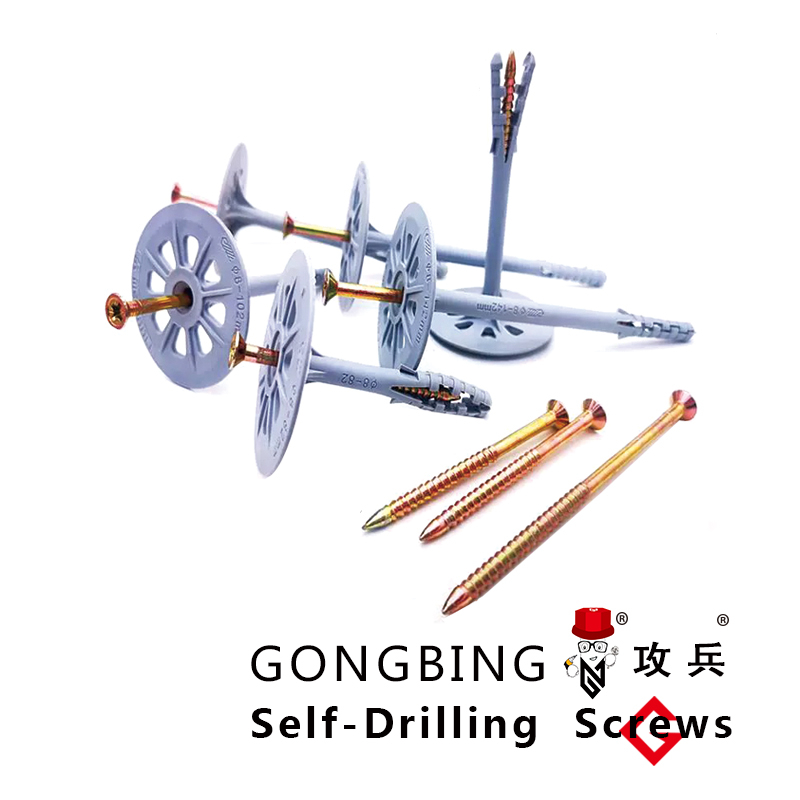Exploring the Benefits and Applications of Self-Tapping Hex Screws in Modern Construction
Understanding Self-Tapping Hex Screws A Comprehensive Guide
Self-tapping hex screws are an essential component in various construction and manufacturing applications. With their unique design and versatile functionality, these fasteners have gained popularity across industries, from automotive to electronics. This article offers an in-depth look at self-tapping hex screws, including their features, applications, and advantages.
What Are Self-Tapping Hex Screws?
Self-tapping hex screws are a type of fastener designed to create their own threaded hole as they are driven into a material. They feature a hexagonal head, which allows for easy installation and removal using a wrench or socket. This type of screw is typically made from high-strength materials, such as steel or stainless steel, to ensure durability and resistance to corrosion.
The distinctive characteristic of self-tapping screws is their ability to cut into the material they are inserted into, as opposed to requiring a pre-drilled hole. This feature not only simplifies the installation process but also saves time and labor costs.
Types of Self-Tapping Hex Screws
There are various types of self-tapping hex screws, each designed for specific applications. The most common types include
1. Thread-Forming Screws These screws create threads in softer materials, such as plastic or thin sheet metal. They displace material to form threads rather than cutting, making them ideal for applications where the integrity of the material needs to be maintained.
2. Thread-Cutting Screws In contrast, thread-cutting screws are designed for harder materials, such as steel or aluminum. They cut their threads and remove material while being driven in, providing a secure hold in dense substrates.
self tapping hex

4. Concrete Screws These specialized screws are designed to anchor into concrete surfaces, making them ideal for heavy-duty applications.
Applications
Self-tapping hex screws are used in a wide range of applications due to their versatility. Common uses include
- Automotive Assembly They are crucial in securing various components, such as body frames and engine parts. - Construction In building frameworks, self-tapping screws are often used to attach metal framing, roofing materials, and sheathing. - Electronic Devices These screws are ideal for assembling electronic equipment, where precision and reliability are vital. - HVAC Systems Self-tapping screws are frequently used to secure ductwork, insulation, and other components in heating, ventilation, and air conditioning systems.
Advantages of Self-Tapping Hex Screws
The use of self-tapping hex screws offers numerous advantages
1. Efficiency By eliminating the need for pre-drilling holes, these screws can significantly reduce assembly time. 2. Cost-Effectiveness The time saved during installation translates to lower labor costs, making them an economical choice for both large and small projects. 3. Strong Fastening Self-tapping screws create a tight and secure connection that is resistant to loosening, especially in dynamic applications where vibration is a factor. 4. Versatility They can be used in various materials, including wood, metal, and plastic, making them suitable for a wide array of applications. 5. Easy Removal The hex head design allows for easy installation and removal, making repair or replacement of components straightforward.
Conclusion
Self-tapping hex screws are an invaluable asset in the toolkit of builders, manufacturers, and DIY enthusiasts alike. Their unique design and functionality streamline the installation process, offering tangible benefits in terms of time and cost savings while ensuring durable connections across various materials. Understanding their types, applications, and advantages can help you choose the right fasteners for your projects, enhancing both efficiency and safety in construction and manufacturing endeavors. Whether you are assembling electronic devices or constructing durable frameworks, self-tapping hex screws provide reliability and strength that are hard to beat.
-
Weatherproof Plastic Expansion Anchors for OutdoorNewsJun.06,2025
-
Sustainability in the Supply Chain: Eco-Friendly TEK Screws ProductionNewsJun.06,2025
-
Load-Bearing Capacity of External Insulation FixingsNewsJun.06,2025
-
Double Head Bolts: Enhancing Efficiency in Industrial MachineryNewsJun.06,2025
-
Corrosion Resistance in Chipboard Screws: Coatings for Wholesale DurabilityNewsJun.06,2025
-
Butterfly Toggle Bolts : Enhancing Structural ResilienceNewsJun.06,2025
